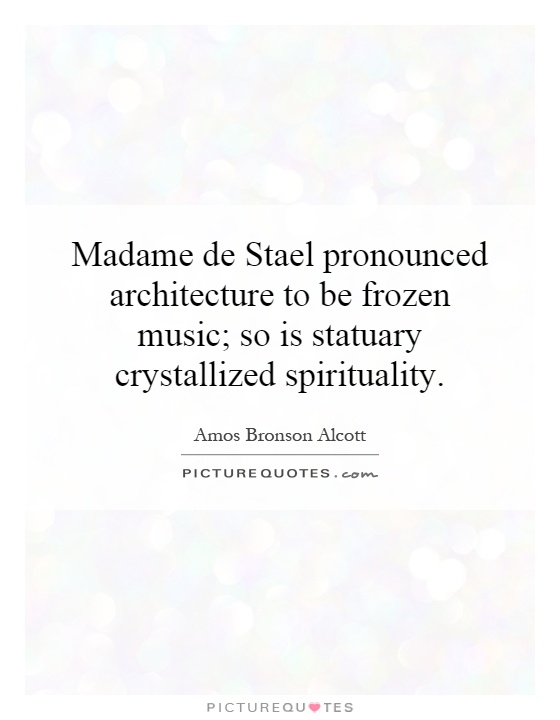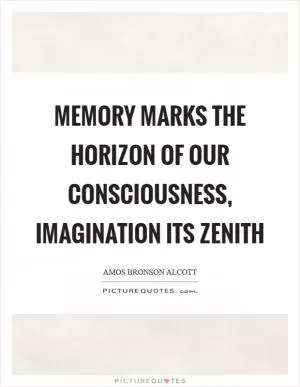Madame de Stael pronounced architecture to be frozen music; so is statuary crystallized spirituality

Madame de Stael pronounced architecture to be frozen music; so is statuary crystallized spirituality
Madame de Stael's famous quote, "architecture is frozen music," suggests that the beauty and harmony found in music can also be seen in the structures and designs of buildings. This idea can also be applied to statuary, as it is described as "crystallized spirituality." Both architecture and statuary are forms of art that have the power to evoke emotions, tell stories, and convey deeper meanings.In the context of Amos Bronson Alcott, a prominent figure in the transcendentalist movement, the connection between architecture, statuary, and spirituality becomes even more significant. Alcott believed in the importance of individualism, self-reliance, and the pursuit of truth and beauty in all aspects of life. He saw art as a means of expressing the divine and connecting with the spiritual realm.
For Alcott, architecture and statuary were not just physical structures or objects, but manifestations of the human spirit and the divine. Just as music can stir the soul and evoke powerful emotions, so too can the sight of a beautifully designed building or a finely crafted statue. These forms of art have the ability to transcend the material world and touch something deeper within us.
In Alcott's view, architecture and statuary were not just aesthetic creations, but reflections of the inner workings of the human soul. The beauty and harmony found in these art forms were a reflection of the beauty and harmony that could be found within each individual. By appreciating and creating art, one could connect with the spiritual essence of the universe and gain a deeper understanding of themselves and the world around them.












 Friendship Quotes
Friendship Quotes Love Quotes
Love Quotes Life Quotes
Life Quotes Funny Quotes
Funny Quotes Motivational Quotes
Motivational Quotes Inspirational Quotes
Inspirational Quotes